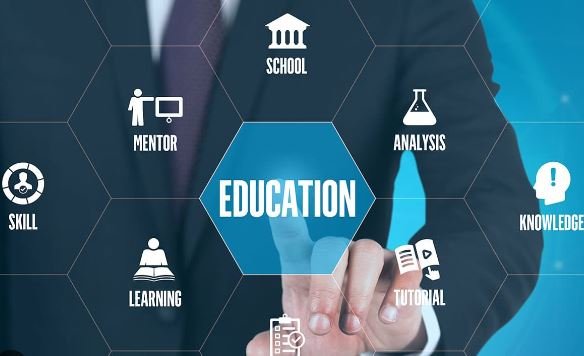Introduction
With the rapid advancement of technology, educational institutions are constantly seeking innovative ways to enhance student learning. One such technological breakthrough is ChatGPT, an artificial intelligence language model developed by OpenAI. While some may be skeptical of its potential, it is important not to dismiss the significant benefits that ChatGPT can offer in improving student skills. In this article, we will explore how ChatGPT can revolutionize education and why it should be embraced rather than ignored.
1. Personalized Learning Experience
ChatGPT has the ability to provide students with a personalized learning experience. By interacting with the AI model, students can receive tailored feedback and guidance based on their individual needs. Unlike traditional classroom settings where teachers have limited time to attend to each student, ChatGPT can offer personalized attention 24/7. This ensures that students can progress at their own pace and receive the support they require, ultimately leading to better learning outcomes.
2. Enhanced Critical Thinking
Engaging with ChatGPT encourages students to think critically and develop problem-solving skills. As they interact with the AI model, students are prompted to ask questions, analyze information, and formulate coherent responses. This process stimulates their cognitive abilities and challenges them to think beyond rote memorization. By fostering a culture of critical thinking, ChatGPT empowers students to become independent learners who can tackle complex problems with confidence.
3. Language Proficiency Improvement
Language proficiency is a crucial skill that students must develop to succeed in today’s globalized world. ChatGPT offers an ideal platform for language learning and improvement. Through conversations with the AI model, students can practice their speaking and writing skills in a safe and non-judgmental environment. They can receive instant feedback on grammar, vocabulary, and sentence structure, helping them refine their language proficiency. With regular use, ChatGPT can significantly enhance students’ ability to communicate effectively in various languages.
4. Collaborative Learning Opportunities
ChatGPT can also facilitate collaborative learning among students. By engaging in group discussions with the AI model, students can exchange ideas, share perspectives, and learn from one another. This virtual collaboration fosters a sense of community and encourages teamwork, even in remote learning environments. Additionally, ChatGPT can act as a mediator, providing guidance and facilitating constructive conversations. By leveraging the power of collective intelligence, students can develop a deeper understanding of the subject matter and broaden their horizons.
5. Preparation for Future Technologies
As technology continues to advance, it is essential for students to be prepared for the future. ChatGPT offers a glimpse into the potential of AI-powered tools that students are likely to encounter in their professional lives. By familiarizing themselves with ChatGPT, students can develop the necessary skills to navigate and leverage similar technologies effectively. This prepares them for a rapidly evolving job market where proficiency in AI and machine learning is increasingly valued.
Conclusion
While some may be hesitant to embrace new technologies in education, it is crucial not to dismiss the potential benefits they offer. ChatGPT has the power to revolutionize student learning by providing personalized experiences, enhancing critical thinking, improving language proficiency, facilitating collaboration, and preparing students for the future. By integrating ChatGPT into educational systems, we can equip students with the skills they need to thrive in a rapidly changing world. Let us not overlook the immense potential that ChatGPT holds in enhancing student skills.







